On May 25, 2012, the Canadarm2 manipulator installed on the ISS successfully picked up and docked the Dragon spacecraft to the station. It became the first private spacecraft in history to deliver cargo into orbit. On the occasion of the tenth anniversary of this event, we would like to tell you about the history of the creation and the main achievements of Dragon.
Development of the Dragon spacecraft
The idea of creating a cargo spacecraft was born in the depths of SpaceX in 2004. By this point, it was already clear that the shuttles would be decommissioned in the foreseeable future, which raised the issue of supplying the ISS. SpaceX hoped to occupy this niche by creating a spacecraft that would be able to deliver cargo (and subsequently people) to the station.
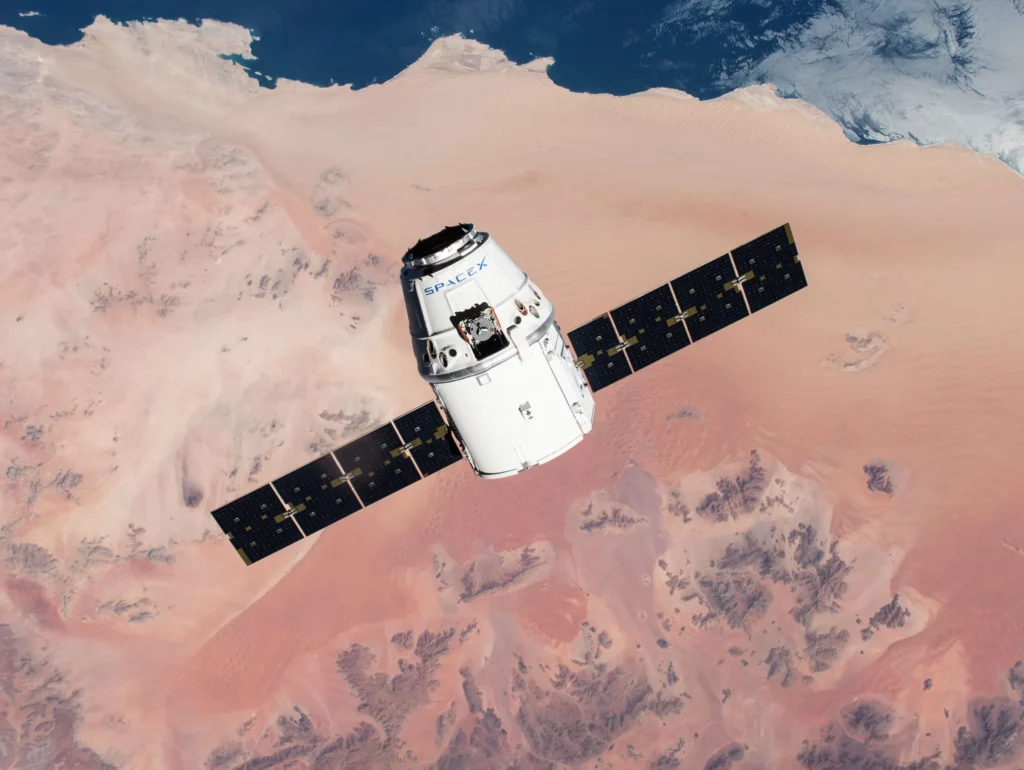
SpaceX’s calculation was justified. NASA decided to rely on private companies and initiated the CRS (Commercial Resupply Services) program for cargo delivery to the ISS. In 2008, SpaceX won a landmark contract worth 1.6 billion, receiving 12 missions to supply the station. In fact, it saved the company, which was balancing on the verge of bankruptcy at that time.
Dragon Spacecraft Device
The Dragon spacecraft consists of two main components — a sealed capsule and an unsealed compartment (“trunk”). The sealed compartment is equipped with thermal protection to withstand atmospheric entry. It is used not only for cargo delivery to the ISS, but also for their return to Earth and can be reused.
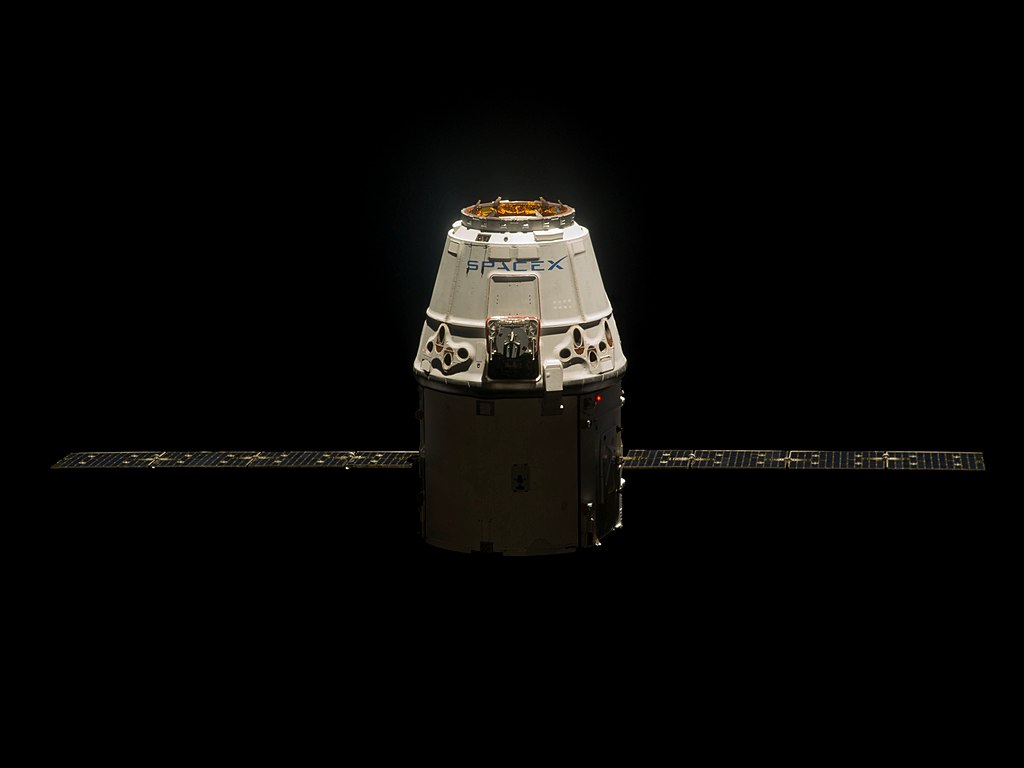
An important design feature of the sealed compartment is that it houses the propulsion system, fuel tanks, batteries and most of the other important systems of the spacecraft. This greatly increases the benefits of its reuse.
The “trunk” is used for the delivery of large loads and the placement of solar panels and radiators of the cooling system. It undocks before the Dragon returns to Earth and burns up in the atmosphere.
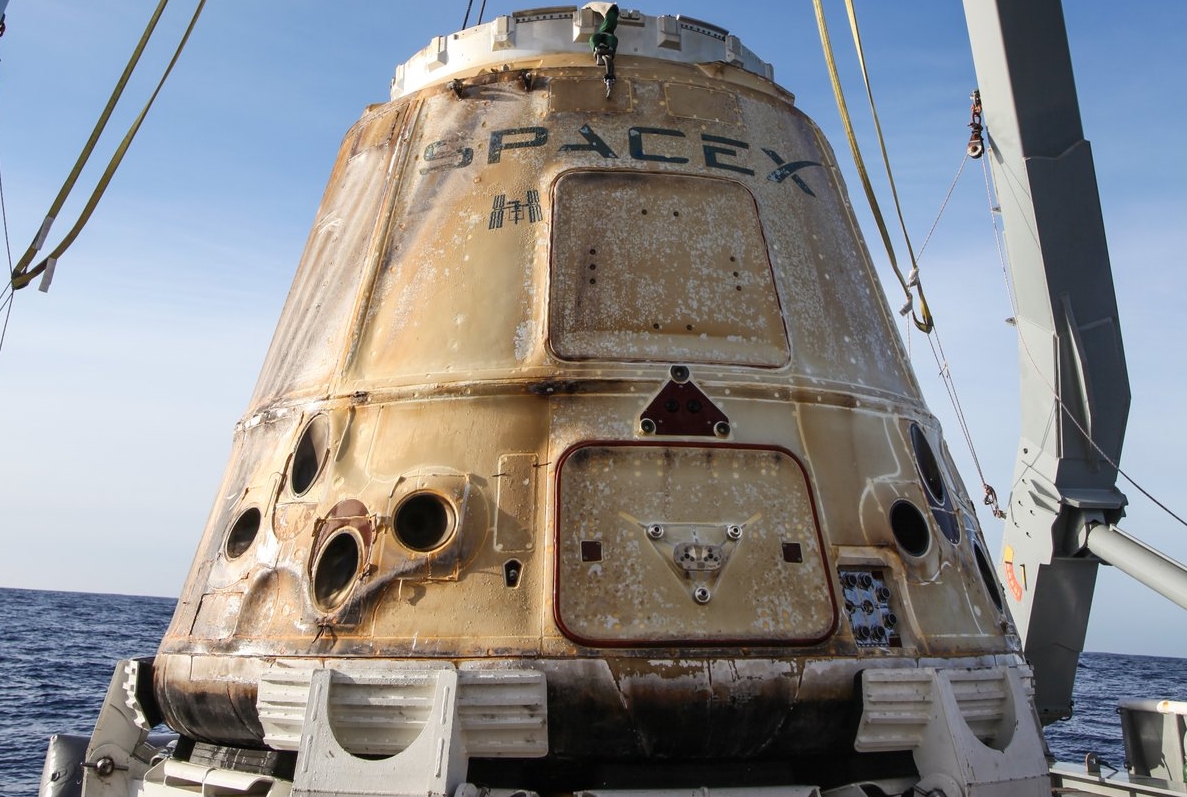
The volume of the Dragon capsule of the first generation was 11 m3, the “trunk” — 14 m3, dry weight — 4200 kg. It could deliver up to 6000 kg of cargo to the ISS and return up to 3000 kg of cargo to Earth.
Dragon Operational History
Dragon first went into space in December 2010. The purpose of the mission was to test the capabilities of the spacecraft. Dragon successfully completed the test program, after which its capsule landed in the Pacific Ocean. The only cargo on board the spacecraft was a cheese head placed by SpaceX as a joke.
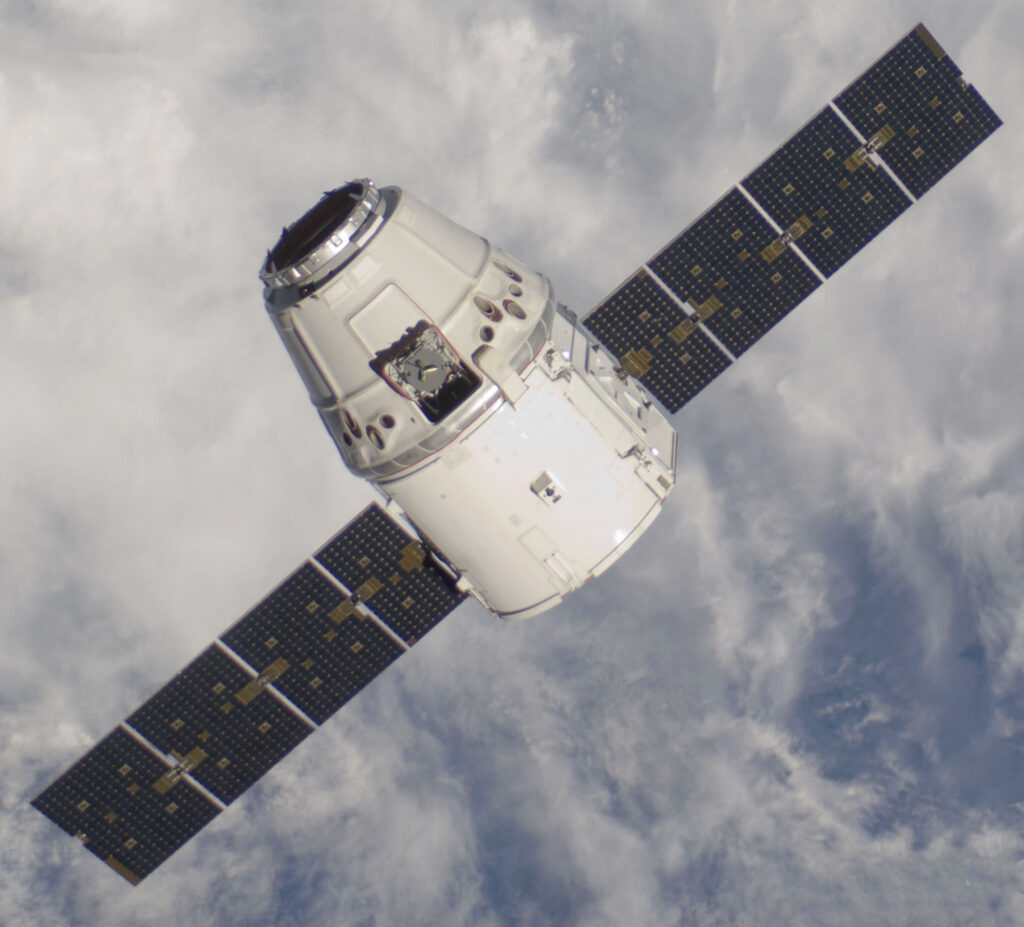
The first mission to the ISS took place in May 2012. After its success, Dragon began regular flights to the station under the CRS program. Three capsules flew twice, three more capsules — three times. One spacecraft was lost as a result of the Falcon 9 rocket accident in June 2015.
Cargo Dragon
The last launch of the first-generation Dragon spacecraft took place in March 2020. After it, SpaceX switched to using Cargo Dragon. This is a cargo version of the Crew Dragon manned spacecraft. It differs from it in the absence of astronauts’ seats, a life support system, information displays and controls, as well as an emergency rescue system. At the same time, Cargo Dragon can dock with the ISS independently without using a manipulator.
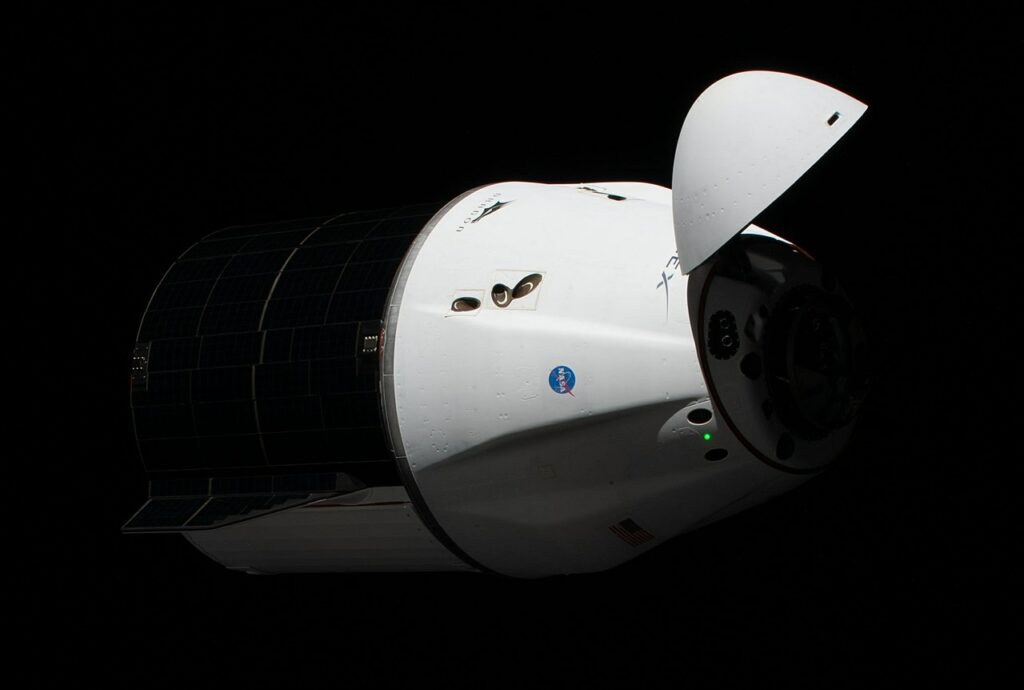
Like its predecessor, Cargo Dragon can deliver 6,000 kg of supplies into orbit and return up to 3,000 kg of cargo to Earth. At the moment, the new version of the spacecraft has made four flights to the ISS. SpaceX plans to reuse Cargo Dragon capsules up to five times.
Crew Dragon
SpaceX first announced the development of the Crew Dragon manned spacecraft in 2014. In the same year, the company became one of the winners of the CCP (Commercial Crew Program) program, having received a contract to deliver people to the ISS.
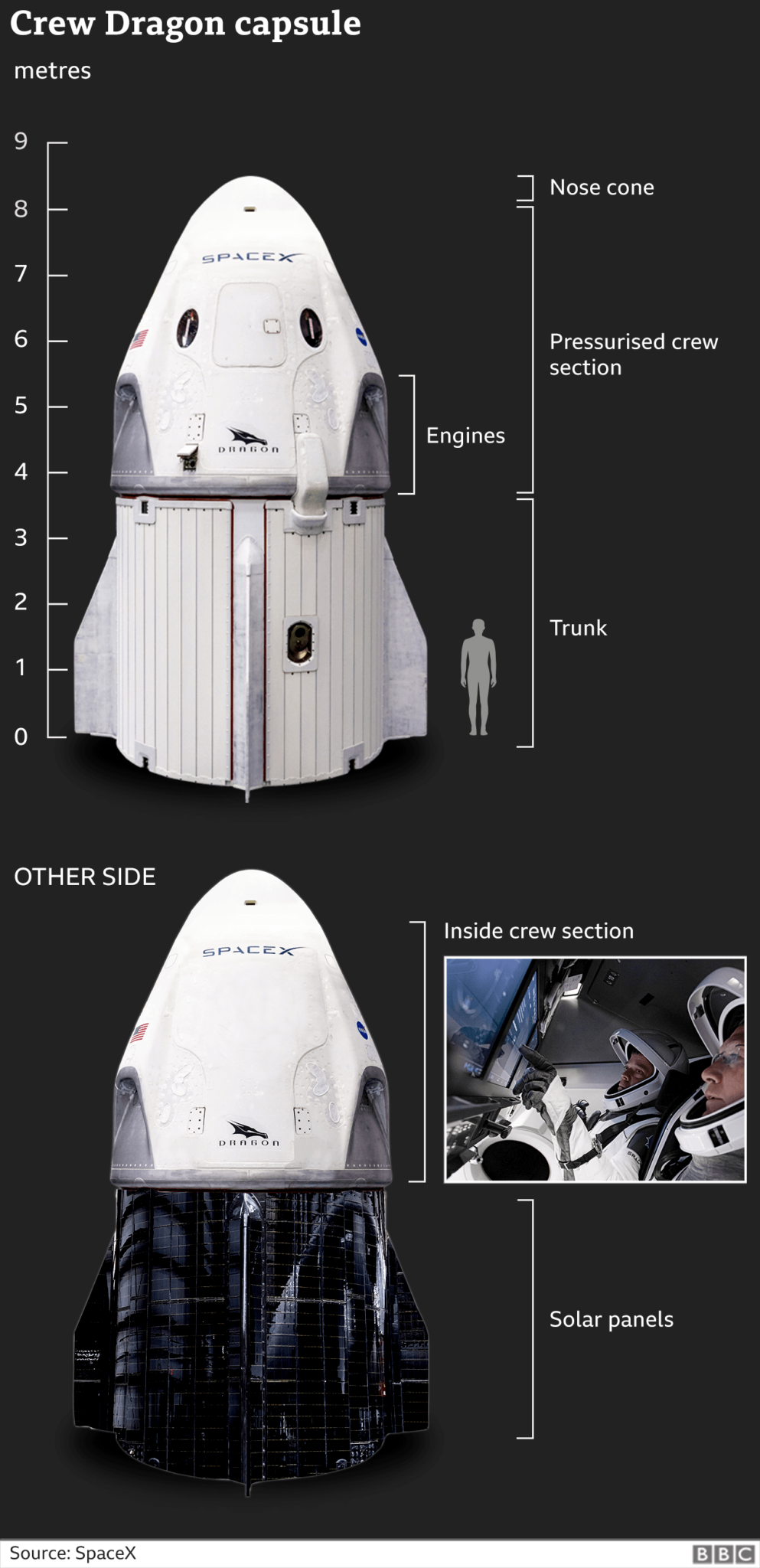
Initially, it was planned that the operation of Crew Dragon would begin in 2017. But the creation of a manned spacecraft turned out to be a more difficult task than expected. In addition, at the request of NASA, SpaceX engineers had to make significant changes to the design of the spacecraft. So, initially, Crew Dragon was supposed to carry out a jet landing using engines. But under pressure from NASA, the designers had to abandon this idea and use a more traditional parachute system.
In theory, Crew Dragon can carry up to seven people. But in missions under NASA contracts, the crew of the spacecraft will be limited to four astronauts. The first unmanned test of Crew Dragon took place in March 2019, the first flight with a crew — in May 2020.
In total, Crew Dragon currently has seven manned flights on its account. At the same time, the spacecraft flies into space not only by order of NASA, but also under private contracts. So, in September 2021, it sent participants of the first-ever private space mission Inspiration4 into orbit. And in April 2022, Crew Dragon delivered the crew of Axiom Space to the ISS.
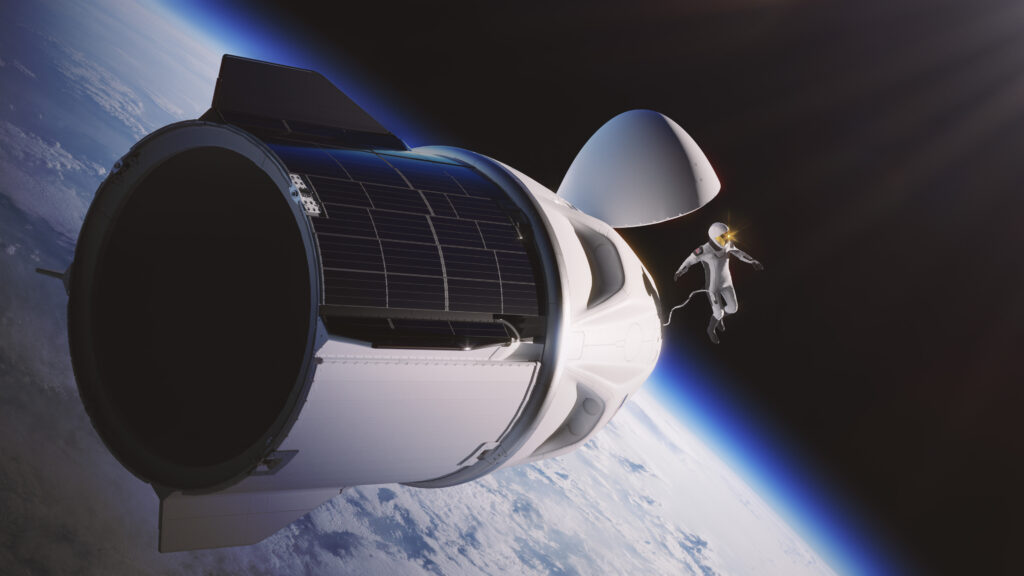
Very soon, Crew Dragon may again enter its name in the annals of cosmonautics. During the Polaris Dawn mission planned for the end of this year, the spacecraft will be launched into orbit, an orbit with an apogee of 1400 km. This will break the record set in 1966 by the Gemini 11 mission. In addition, during this flight, it is planned to carry out the first ever private spacewalk.
Follow us on Twitter to get the most interesting space news in time
https://twitter.com/ust_magazine
